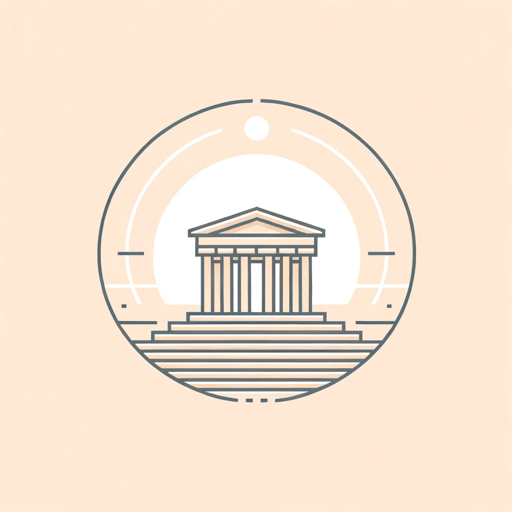51 pages • 1 hour read
Mircea Eliade, Transl. Willard R. TraskThe Sacred and the Profane: The Nature of Religion
Nonfiction | Book | Adult | Published in 1956A modern alternative to SparkNotes and CliffsNotes, SuperSummary offers high-quality Study Guides with detailed chapter summaries and analysis of major themes, characters, and more.
Chapter 2Chapter Summaries & Analyses
Chapter 2 Summary: "Sacred Time and Myths"
Like the dimension of space, time is experienced differently in a sacred than in a profane mode. Sacred time is “a primordial mythical time made present” (68), the time of cosmogony, or the god’s creation of the world. Through participation in ritual events such as festivals, homo religiosus accesses this mythical time and brings it into the present moment. As such, sacred time, unlike ordinary time, is non-linear, since it is “endlessly repeatable, endlessly recoverable” (69) and often re-entered at scheduled times throughout the year or a lifetime. This life in two different times—the sacred and the profane—distinguishes a religious life from a profane life, which lives only in perfectly linear profane time. This is like the break in profane space that sacred space offers: “Just as a church constitutes a break in plane in the profane space of a modern city, the service celebrated inside it [by reviving the time of myths] marks a break in profane temporal duration” (72).
The “mythical time” brought forward in festivals is the cosmogony, the time of the creation of the world. Christianity is somewhat unique in this respect, since their mythic time is an actual historical event: “the time in which the historical existence of Jesus Christ occurred” (72).
Related Titles
By these authors


